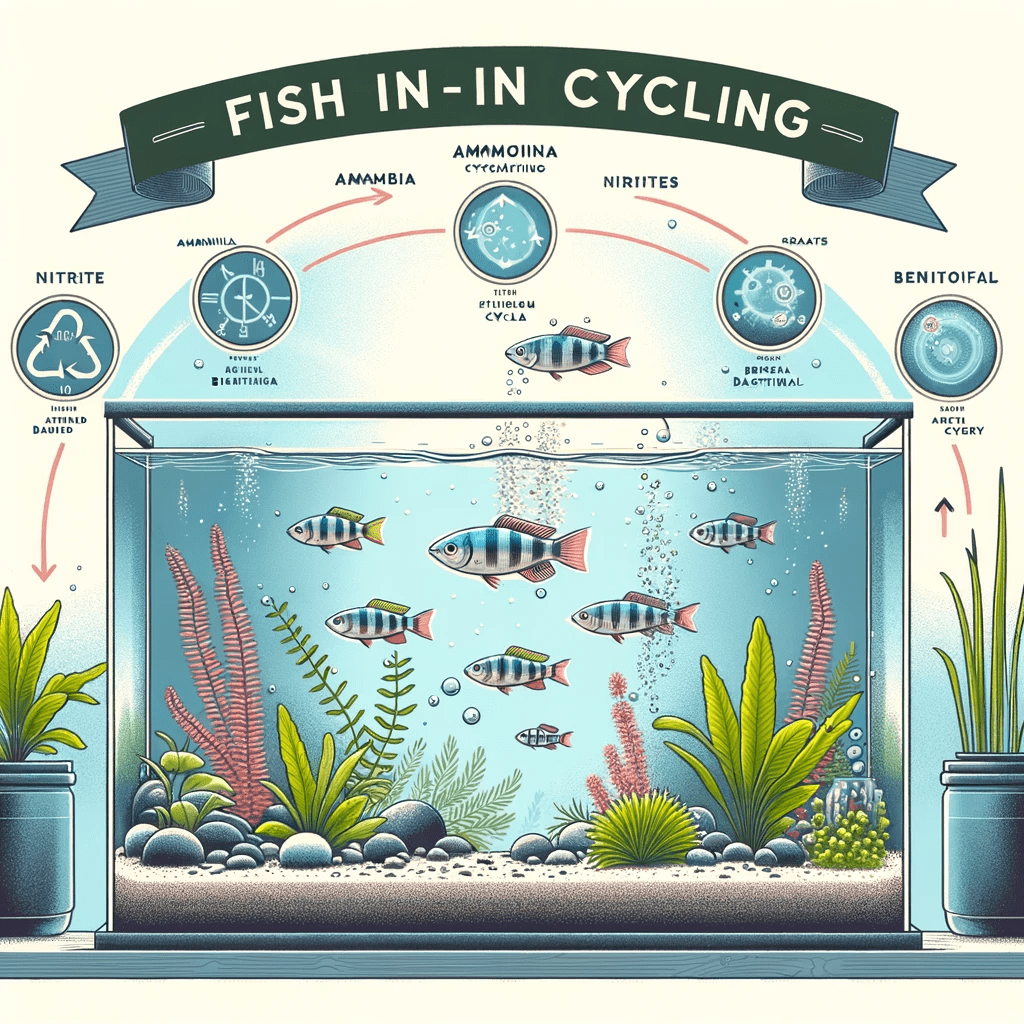Fish-In Cycling: The Traditional Approach to Starting Your Aquarium
Embracing the Traditional Route: The Ins and Outs of Fish-In Cycling
Fish-in cycling has been a longstanding method used by aquarium enthusiasts to establish a biological filter in new tanks. Despite the emergence of alternative cycling methods, many still prefer this traditional approach for its simplicity and effectiveness. In this blog post, we dive deep into the process of fish-in cycling, outlining the steps, benefits, and important considerations to ensure success.
What is Fish-In Cycling?
Fish-in cycling refers to the process of introducing a small number of hardy fish to a new aquarium to start the nitrogen cycle. As these fish produce waste, they generate ammonia, which kickstarts the development of beneficial bacteria necessary for converting ammonia into nitrites, and then nitrates. This process is crucial for creating a safe and healthy environment for your aquatic life.
Steps for Successful Fish-In Cycling
- Start with Hardy Fish: Choose fish known for their ability to withstand the varying water conditions during the cycle. Examples include zebra danios or cherry barbs.
- Monitor Water Parameters: Regularly test the water for ammonia, nitrites, and nitrates to track the progress of the cycling. Keeping ammonia and nitrite levels low is crucial for the health of the fish. Buy a testing kick HERE
- Perform Regular Water Changes: To manage toxin levels, perform partial water changes regularly. This helps to keep the fish safe from harmful ammonia and nitrite spikes.
- Limit Feeding: Overfeeding can lead to excessive waste, so feed your fish sparingly during the cycling process.
- Be Patient: Fish-in cycling can take anywhere from 4 to 6 weeks. It’s important to give the process time to complete before adding more fish.
Benefits of Fish-In Cycling
- Immediate Aquarium Start: Allows you to start enjoying your aquarium immediately with a few fish.
- Natural Process: Utilizes a natural method to establish the necessary biological filtration for a healthy tank.
Considerations and Tips
- Choose Fish Carefully: Select fish that are known for their hardiness and ability to endure less-than-ideal water conditions.
- Water Quality: Invest in a good quality water test kit to closely monitor the levels of ammonia, nitrites, and nitrates.
- Consult Professionals: Especially if you’re new to aquariums, getting advice from experienced aquarists or pet store staff can be invaluable.
Conclusion: A Time-Honored Method with Modern Considerations
Fish-in cycling remains a viable method for setting up a new aquarium, especially for those willing to closely monitor and maintain water quality to ensure the health of their fish. By understanding and respecting the process, you can successfully establish a thriving aquatic environment using this traditional approach.
Whether you’re a seasoned aquarist or new to the hobby, fish-in cycling offers a straightforward way to start your aquarium journey. By following the guidelines outlined in this blog post, you can enjoy the process of creating a healthy, vibrant underwater world for your aquatic pets. Share this post with fellow enthusiasts to spread the knowledge of traditional fish-in cycling.


